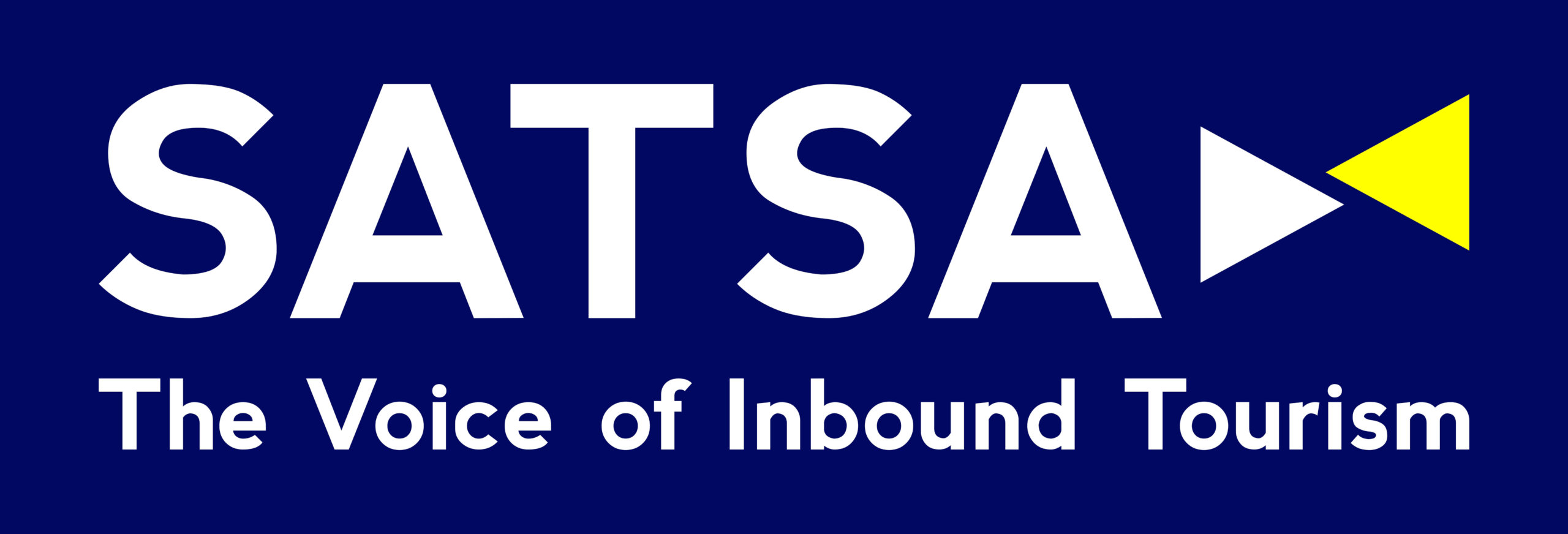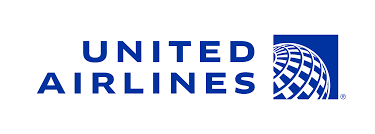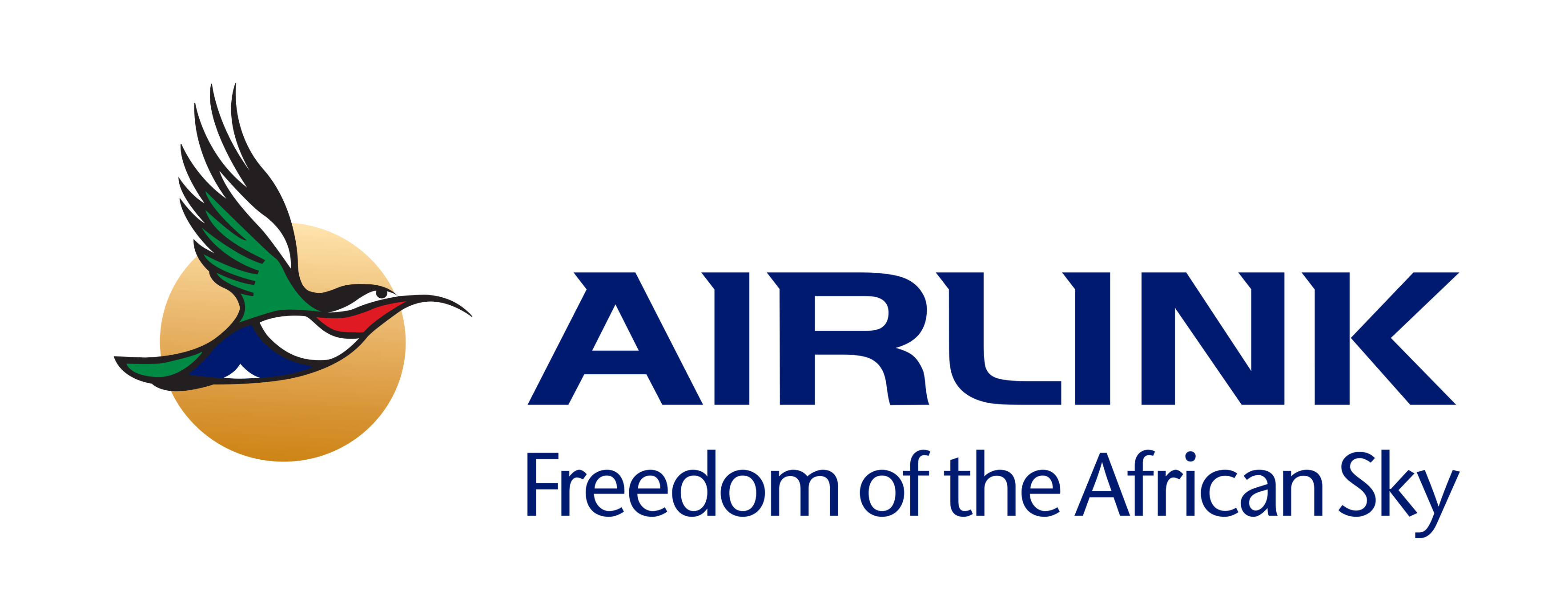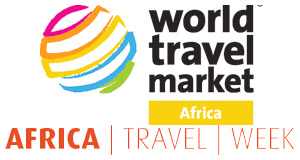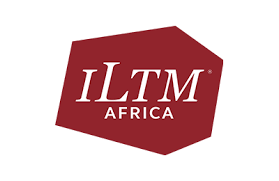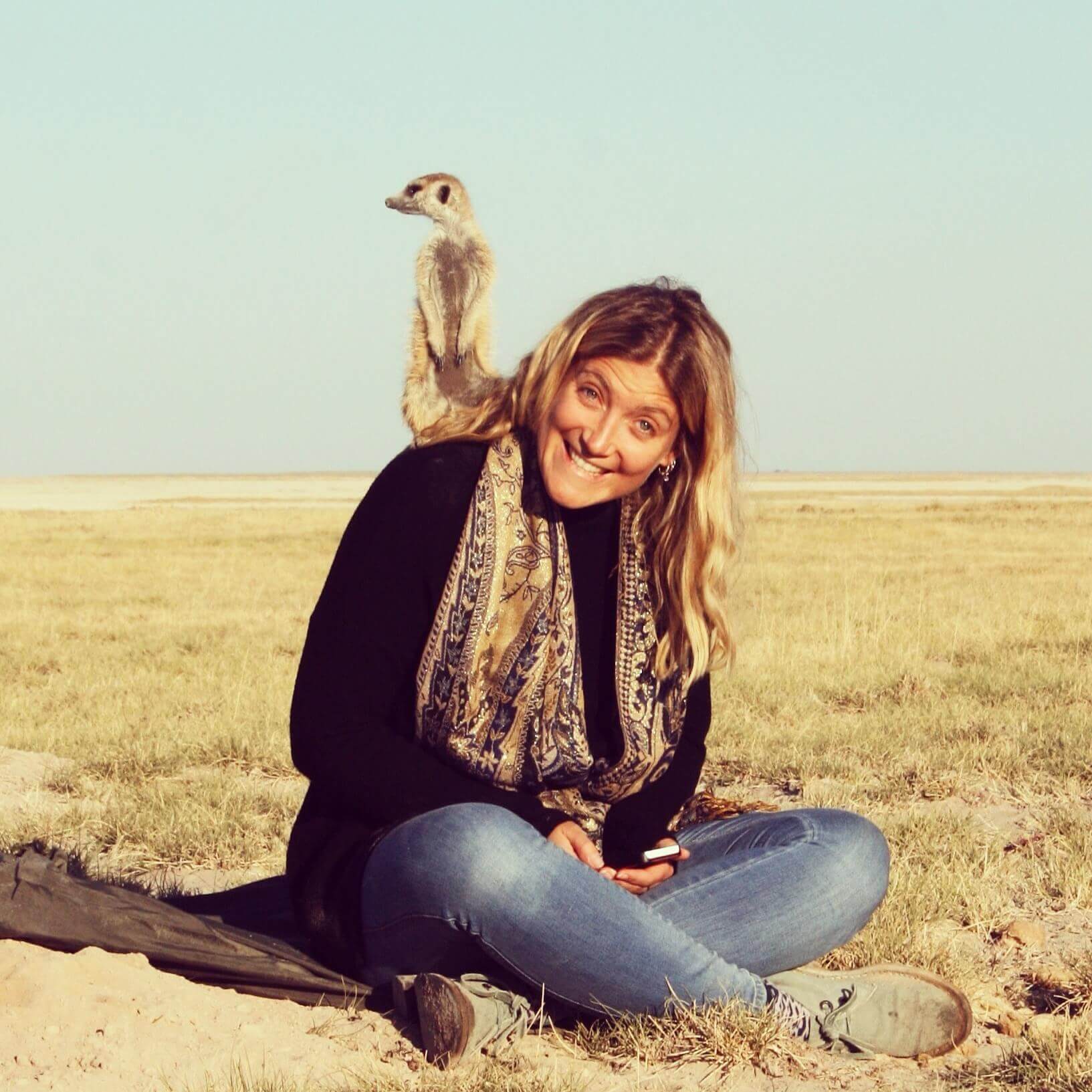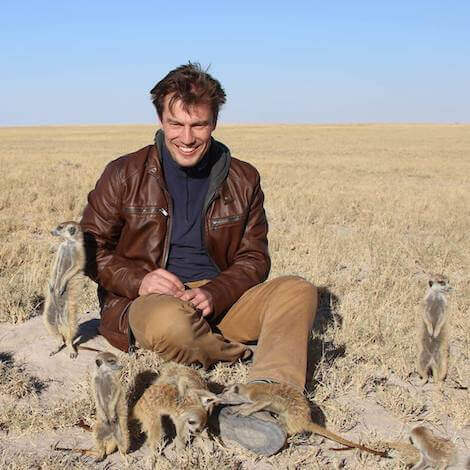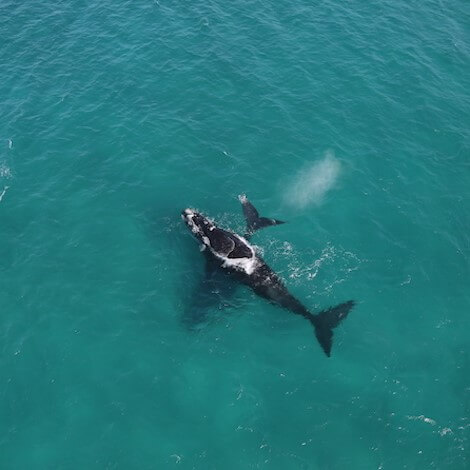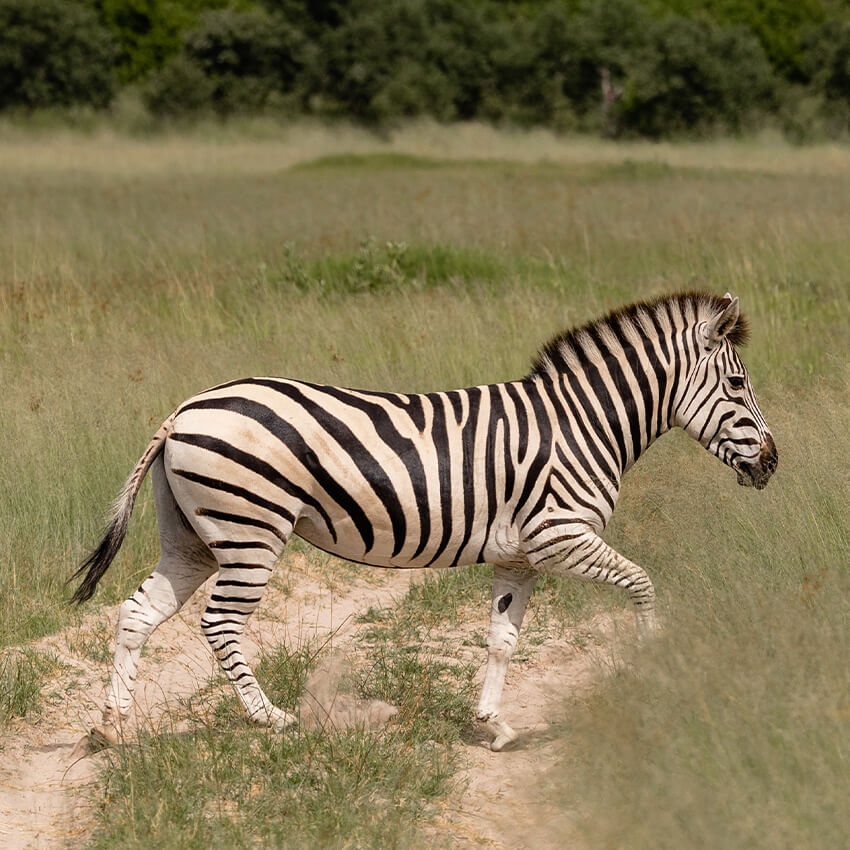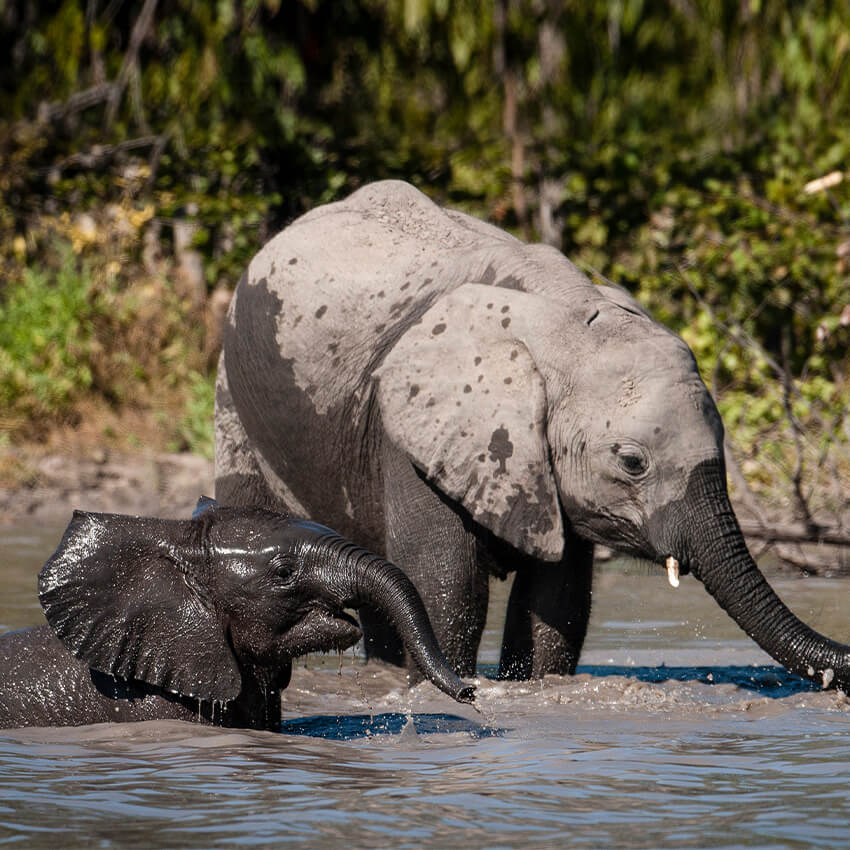Active
Popular
IUCN Red List of Threatened Species Highlights the Plight of the Giraffe
 Jennifer Lalley
Jennifer Lalley
 November 20, 2018
November 20, 2018
The International Union for Conservation of Nature (IUCN) Red List of Threatened Species continues to draw attention to the plight of the giraffe, with some now classed as being ‘Critically Endangered’.
Giraffes were uplisted to ‘Vulnerable’ in 2016, and now, at the end of 2018, some subspecies are in real trouble.
There are currently nine IUCN recognized subspecies of giraffe, and seven of them were assessed for the list. It was the first assessment for five of the subspecies. The Kordofan and Nubian giraffes are now listed as being ‘Critically Endangered’, whilst the Reticulated giraffe has been classed as ‘Endangered’. Thornicroft’s and West African giraffes are ‘Vulnerable’ and the Rothschild’s giraffe is ‘Near Threatened’. Angolan giraffe meanwhile, with their stronghold in Botswana, Namibia and Zimbabwe are sitting pretty and of ‘Lease Concern’ on the list. South African and Masai giraffe have yet to be assessed. South African numbers appear healthy, but it’s likely that Masai giraffe will be listed in a threatened category.
The updated assessments were carried out by the IUCN Species Survival Commission (SSC) Giraffe & Okapi Specialist Group (GOSG), which is hosted by the Giraffe Conservation Foundation (GCF) – with whom we work at Hoanib Valley Camp, and the Zoological Society of London (ZSL).
“Whilst giraffe are commonly seen on safari, in the media, and in zoos, people – including conservationists – are unaware that these majestic animals are undergoing a silent extinction,” explains Dr. Julian Fennessy, co-chair of the IUCN SSC GOSG, and Director of the Giraffe Conservation Foundation (GCF). “While giraffe populations in southern Africa are doing just fine, the world’s tallest animal is under severe pressure in some of its core ranges across East, Central and West Africa. It may come as a shock that three of the currently recognized nine subspecies are now considered ‘Critically Endangered’ or ‘Endangered’, but we have been sounding the alarm for a few years now.”
The updated listings are actually good news for the West African and Rothschild’s subspecies, who were previously considered ‘Endangered’. Their conservation status has been improved thanks to concerted efforts by African governments and conservation organizations, under the guidance and support of GCF.
“This is a conservation success story and highlights the value of making proactive giraffe conservation and management efforts in critical populations across the continent,” explains Arthur Muneza, East Africa Coordinator of the Giraffe Conservation Foundation and member of the IUCN SSC GOSG. “Working collaboratively with governments and other partners, we feel that our proactive measures are saving giraffe in some areas before it is too late. It is now time to increase our efforts, especially for those listed as ‘Critically Endangered’ and ‘Endangered’”.
While IUCN still recognizes giraffe as one species with nine subspecies, detailed collaborative genetic-based research carried out by GCF and its partners, and Senckenberg BiK highlights that there are four distinct species of giraffe – elevating some of the newly assessed subspecies to species level. While this might appear an academic exercise, the conservation implications are immense and they need to be reviewed as a matter of urgency. The Northern giraffe Giraffa camelopardalis (which includes the ‘Critically Endangered’ Kordofan and Nubian giraffe, and the ‘Vulnerable’ West African giraffe) and Reticulated giraffe Giraffa reticulata can be considered some of the most threatened large mammals in the wild, showing less than 5,200 and 15,785 individuals remaining in the wild, respectively.
The growth of human populations is the largest threat to giraffe in Africa today, along with factors such as habitat loss, expanding agriculture and mining, illegal hunting, increasing human-wildlife conflict, and civil unrest.
“The updated IUCN Red List assessment highlights what we have been saying for years: giraffe are in trouble and there is no one solution to giraffe conservation in Africa,” notes Steph Fennessy, director of GCF and member of the IUCN SSC GOSG. “Different scenarios require different approaches. As a small but impactful organization, GCF works with partners throughout Africa to enhance giraffe conservation on the ground and, at the same time, collaborates internationally to rally support and awareness for giraffe, which will ultimately help to save them in the wild.”
Photos by the Giraffe Conservation Foundation
Special Offers
Our special offers are designed to help you experience everything southern Africa has to offer whilst also saving some all-important pennies. Whether you’re about to embark on a once-in-a-lifetime solo trip, or are celebrating a special occasion, have a peek at our offers and see what could be in store for you.


